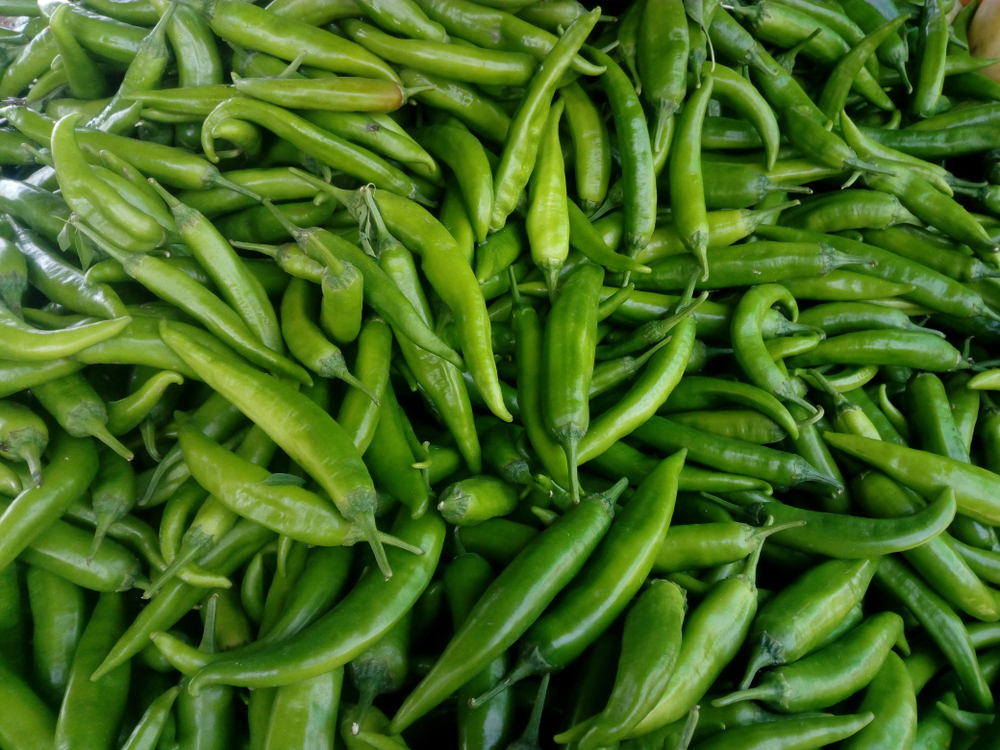The ongoing dry spell has created a shortfall in the domestic production of chillies, pushing up the price of the produce to Rs 120-150 a kilo as opposed to Rs 50-60 a kilo last July.
Farmers said with rain in huge deficit, green chilli plants were struggling to flower and this had severely hit production. To meet the shortfall, chillies were being brought in from adjoining states, including Bihar and Jharkhand.
Since green chillies perish fast, the wholesale and retail markets have been witnessing a fluctuation depending on the flow of trucks.
“We are now selling chillies for Rs 150 a kilo. This price could change rapidly. We don’t know where it will stop,” said Subol Saha, a vegetable vendor at Lake Market.
“Since the price has nearly doubled, people are buying less chillies,” he said.
A senior official of the agricultural marketing department said the lack of rain had severely hit production of chillies in North 24-Parganas, Hooghly, South 24-Parganas and even Murshidabad. These areas are usually known for producing green chillies.
Farmers said the dry spell had reduced the yield of chillies to nearly a quarter of what it was in July last year.
“When the bud appears in a chilli plant, you need rainwater to strengthen the stem for it to hold the fruit,” said Narayan Chandra Das, a farmer from Canning in South 24-Parganas. “Without rain, harvesting with water doesn’t work for chillies,” Das said.

The Telegraph
Sources in the agriculture department said Bengal produced nine-and-a-half to 10 lakh metric tonnes of green chillies. After meeting its domestic demand of eight lakh metric tonnes, the state remains one of the biggest suppliers of chilli to other states.
“Green chillies are most perishable. Unlike potatoes, we don’t have any mechanism to store green chillies,” said Kamal Dey, working vice-president of the All Bengal Grocers and Vendors’ Association. “Even when chillies are brought from adjoining states, a considerable amount gets damaged.”
At Gariahat, the price of green chillies varied between Rs 120 and 130 a kilo — a phenomenon that most vendors said they had not witnessed over the past few years.
“From Rs 90 to Rs 120 a kilo, the price of green chillies has been increasing over the weeks,” said Chiranjit Ghosh, who sells vegetables at Gariahat market. “We have reduced our buy to cut down on losses due to damages.”
Across most wholesale markets, including Koley market in Sealdah, bulk of the green chillies is coming Uttar Pradesh, Jharkhand and Bihar.
Pradip Mazumder, adviser to chief minister Mamata Banerjee on agriculture and chairman of West Bengal Agro Industries Corporation Limited, admitted: “We are witnessing an unprecedented monsoon this year.”
“A green chilli plant has a lifecycle and when it starts flowering you need showers. Watering the farmland alone doesn’t help in case of production of chillies. So the result is inevitable.”











